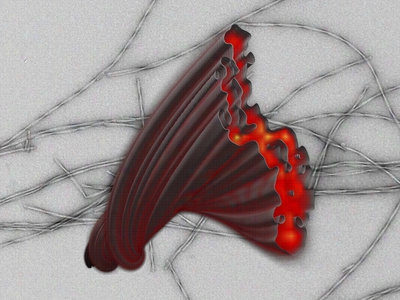“How can we better isolate the problem next time? Jim asks, trying to find a resolution.
“Well, I can write up some things on how to better troubleshoot these issues. Well I suppose I could document some things to test next time you see this.” I say, feeling a little better that I actually know something about the problem now. What happened that made this incident different than any other computer problem? The issue was it brought a metropolitan 911 dispatch center to a point where they could almost not dispatch calls. A bad thing!
To specify a fiber optic transmitter, it is necessary to refer to its operating temperature, signal inputs (such as TTL, ECL, CMOS video, and RF), pigtail, focusing lens (improving coupling between the transmitter and the fiber), and stand-alone.
Educational institutions have implemented plans for evacuating disabled students and staff in case of an emergency, such as a fire, and pagers are a major tool in these plans, enabling them to keep open communications with disabled parties who need special help and attention during such a crisis.

Not knowing how to respond to the reporter’s questions. There’s no shame in not knowing an answer. The reporter will respect your honesty, and by doing so, your story placement can still be secured – as long as you make it a top priority to find the answers to the questions and deliver them to the reporter immediately.
Cellular phones take the next step forward
In 1973, Dr. Martin Cooper of Motorola Corporation made what was probably the
first cellular telephone call on a portable handset called the Dyna-Tac. After a
successful test run, he took it to New York to introduce the technology to the
public. By 1977, the cell phone had gone public, but these first models were
cumbersome and generally used by those who were used to keeping in touch by
two-way hot radio. By no means were they considered something that everyone should
have or even want. They were initially considered a replacement for the mobile
phones already in existence. The difference with cellular was the use of small
“cells” for range of service in order to increase the capacity of calls handled,
dramatically increasing the number of calls capable of being made by
mobile cellular phone at one time in one area.